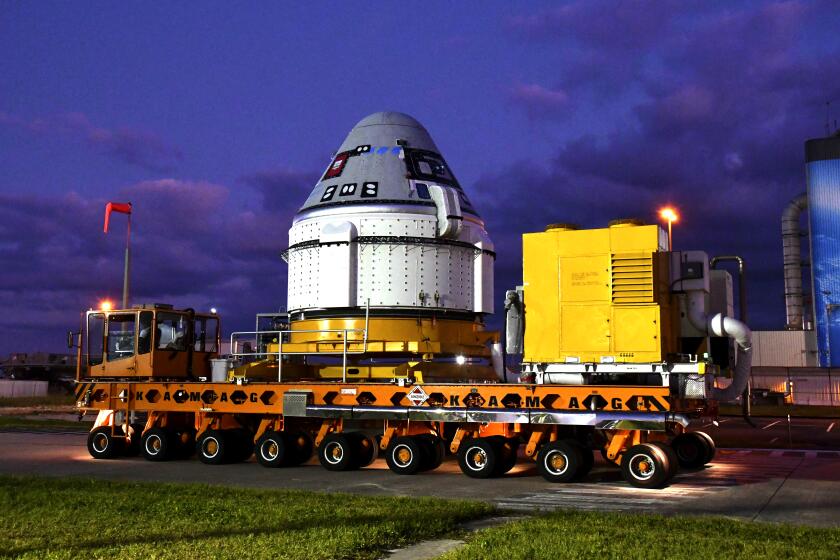Sellers of emergency kits cut costs, look for niches
The ground is shifting under local small businesses that sell earthquake kits, hand-cranked radios and other emergency-preparedness gear as the weak economy and a growing number of Internet-based rivals shake up the competitive landscape.
Sales have tumbled or remained flat for many of the businesses, forcing owners to look for new markets, cut jobs, tightly target their marketing and cut back on expenses such as going to trade shows.
For some of these businesses, the belt tightening is beginning to pay off.
“We are seeing improvement but having to work hard, hard for what we are getting,” said Kathy Rainey, who started Emergency Lifeline Corp. in 1985.
Her Santa Ana business was one of the first to sell pre-packed earthquake kits.
A kit with three days’ worth of supplies for a single person costs about $30 to $80. (The government recommends being ready to be self sufficient for a minimum of three days after a disaster.) The kit typically includes food bars, water, basic first-aid supplies and a flashlight.
The market for the kits and other emergency-preparedness products has become tough for industry veteran Bob Snedaker too. He founded Simpler Life Emergency Provisions Inc. in 1981.
“When we first started, there were probably four or five people in California doing this,” he said. “Today there are hundreds.”
Revenue at his Redlands company, which has a warehouse where employees assemble kits, has been flat this year after dropping two-thirds during the recession. Because of competition, profit margins are slim.
Emergency kits, Snedaker said, have “become a commodity.”
Some of the competition has come from Internet-based rivals that never touch the products they sell. They avoid the cost of a warehouse -- and, in some cases, of employees -- by having their kit manufacturers ship directly to customers.
But the growth in online sellers has been good for some local manufacturers such as Mayday Industries Inc. in Westminster, which makes food bars and other emergency products. Sales at the 11-employee firm have been “steady,” owner John Tepel said.
It has been tough, however, on warehouse-based companies such as Simpler Life.
To keep his doors open, Snedaker said, he had to lay off one of his few employees.
“It’s been a disaster for the disaster-recovery business,” said Jon Seals, editor in chief of Disaster Recovery Journal in Arnold, Mo., although he said he was seeing some improvement lately.
No organization tracks sales for the wide-ranging industry, but attendance at the twice-a-year trade shows put on by Disaster Recovery began to creep up last year. That was after falling to 800 during the recession from 1,800 when times were good.
Seals expects about 1,200 people at the show this week in San Diego.
Some of the businesses in the field are going after niche markets or otherwise differentiating themselves from the mainstream.
Essential Packs, a home-based start-up in Simi Valley, hopes to target underserved Spanish-speaking customers, said owner James Shea. At this point, though, his website is in English only.
Former firefighter Wayne Bennett, who started his Survival Skills & Co. in 1991 in Wrightwood, plans to put reviews of equipment on his website. He currently offers his evaluations on his blog.
“Ninety percent of my business comes from referrals because I don’t sell junk,” Bennett said. “We’re going to be more aggressive about getting our word out.”
--
--
BEGIN TEXT OF INFOBOX
3 days’ worth -- Minimum amount of food and water each person should have on hand
10,000 -- Number of earthquakes, per year, in Southern California, most of which are not felt
9.2 -- Magnitude of the most powerful earthquake recorded in the U.S. ? it was in Alaska in 1964
Sources: U.S. Geological Survey, Federal Emergency Management






